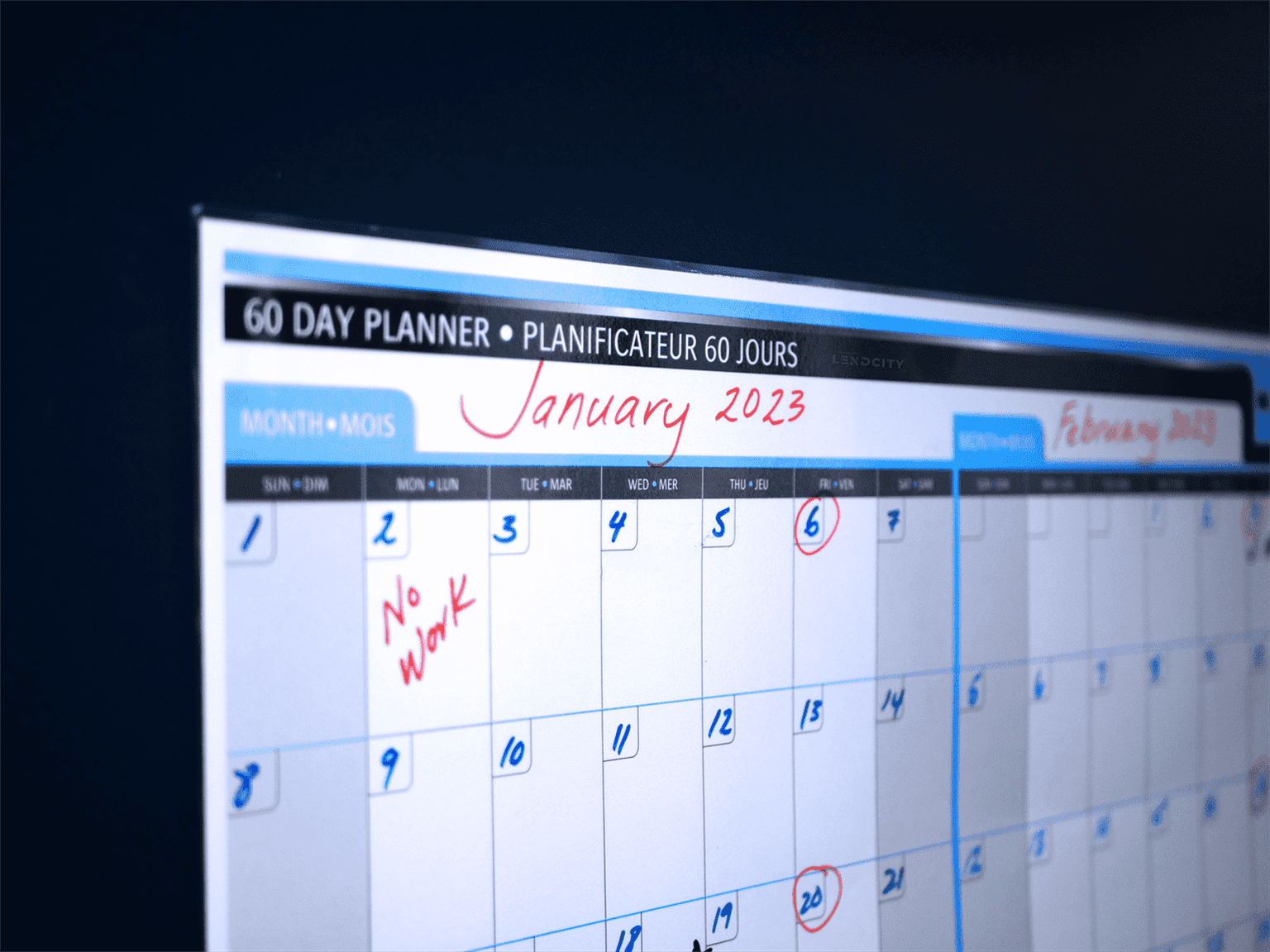The ‘Buy One Property per Year’ Success Paradigm for New Real Estate Investors in 2023

Many people new to the world of real estate investing are excited to earn passive income and begin their journey toward financial independence. Lots of these first-time investors, however, are surprised at the slow pace of wealth growth through real estate investment.
But as long as you keep it steady, you can profit by deciding to buy one property per year.
Purchasing and renting out real estate is a great way to build your net-worth! You will move toward financial independence. However, it’s important to realize it’s not a ‘get rich quick,’ scheme.
But first, if you want to learn how to buy one property per year, you first need to learn how to properly finance your real estate investments. So, if you are ready to get started today and buy one property per year starting tomorrow, click the link below for a free strategy call with our team at LendCity today.
Slow and steady earns the wealth
Several fluid factors will determine how much wealth the investor can extract from their investment property. Even the most skilled, savvy investors often struggle to earn a profit off of their first property for several years.
There is one strategy real estate investors can use to accelerate their wealth growth and reach financial freedom more promptly. The strategy is to buy one peropery per year. This method allows you to leverage your existing assets to improve your financial status and generate more passive income.
Trying to buy one property per year requires careful strategizing and forethought and isn’t right for every new real estate investor. When executed correctly, however, this strategy can help you achieve financial independence over a decade and substantially grow your wealth.
Planning for independence
If you’re hoping to buy one property per year, you’ll have to have a thorough understanding of the cash flow that you’re earning from your first property. For these purposes, define cash flow as income minus expenses. The income you earn from your property is the rent you charge your tenants. Several expenses will vary, depending on your specific circumstances. They typically include the following costs:
Mortgage payments
If you didn’t pay cash for your investment property, you likely have a mortgage. Consider refinancing the mortgage to lower your interest rate or your monthly payments to reduce this expense and increase your cash flow. Otherwise, you will find yourself in too much monthly recurring mortgage debt to successfully buy one property per year.
Management costs
Whether you’ve hired a professional management firm or are handling your property on your own, there are management costs you’re expending on your property each month. These costs include repair services for tenants and legal services.
Taxes
Property taxes are one of the most significant expenses real estate investors must contend against. In most jurisdictions, property taxes also fluctuate from year-to-year, which can make it a difficult expense to plan for the long-term. It’s advisable to leave some leeway when calculating your project property taxes.
Discover How To Buy Unlimited Rental Properties With This Step By Step Guide
Maintenance
Even newer buildings need maintenance from time-to-time. If you’ve recently purchased a new property, you should ask for the previous owner’s records so you can get a better sense of annual maintenance expenses. By having the expenses upfront you can develop a maintenance schedule for the coming year.
Insurance
All property owners are required to hold some kind of property insurance. Your monthly premium will vary based on your situation. Ask your insurance agent about ways that you can reduce your risk level, and lower your premium.
There is a broad range of other expenses you’re paying on your property each year. Be sure to calculate these against your rental income to determine your true cash flow. Once you have this number, you have a better idea of the amount of actual wealth you’re generating off of your investment properties.
Realize that for the duration of your mortgage, most of the income from your tenants will likely go toward debt service. Do your best to account for this discrepancy and also calculate your anticipated future cash flow.
Using this cash flow calculation and assuming your additional annual properties have similar expenses and incomes, you can identify how many investment properties you’ll need to acquire to achieve financial independence.
Property acquisitions
Once you know how many properties you’ll need to purchase, it’s time to begin planning your next round of real estate acquisitions. Try to buy properties in the same market as your initial investment, and try to replicate your success in as many areas as possible. This will help keep you on track toward your goal of financial freedom.
A single investment property is a great way to grow your wealth over an extended period of time. But, it won’t significantly move you along on your journey toward financial independence. Purchasing multiple properties, however, will provide you with the passive income necessary to take control of your finances long-term.
While the purchase price and rental rates will vary from property to property, it’s important to keep the percentage ratios as close to your first property as possible. This will help ensure you’re making strategic acquisitions capable of growing your wealth.
Now, if you want to learn how to buy one property per year, you first need to learn how to properly finance your real estate investments. So, if you are ready to get started today and buy one property per year starting tomorrow, click the link below for a free strategy call with our team at LendCity today.
